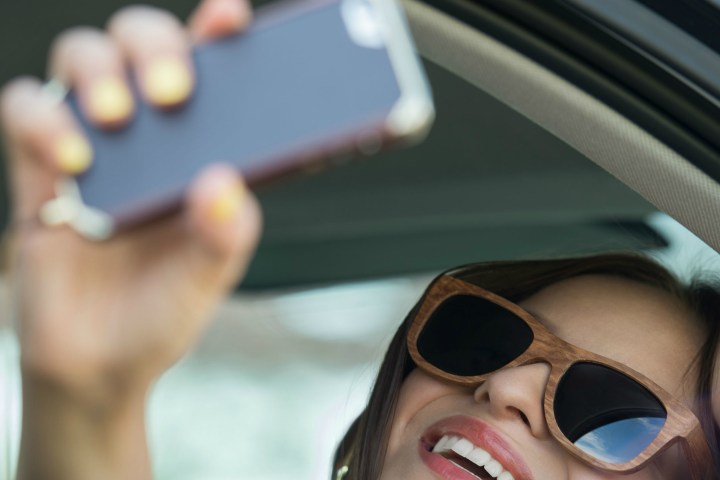
In 2014, 15 people died while snapping a selfie, followed by 39 people in 2015, and 73 in the first eight months of 2016. So what, if anything, can be done about this escalating trend? That’s what a new research project carried out by researchers in India wants to find out.
“There was a news article that was circulated in my research group about a death by selfie during summer 2016,” Ponnurangam Kumaraguru, a professor at Indraprastha Institute of Information Technology in Delhi, told Digital Trends. “I was disturbed by reading it, exchanged some emails on this topic and found little work — especially from a technology standpoint — [had been carried out]. Our group is always interested in working on topics, technologies, solutions and systems that have real-world impact, so we jumped on it.”
The researchers started by tracking down records of all selfie-related deaths since March 2014, and the various causes of these deaths — ranging from falls to drownings to weapon-related injuries to train-related fatalities. They discovered that more than half of all selfie deaths (76) take place in India, followed by Pakistan (9), the U.S. (8) and Russia (6).
They then trained an artificial intelligence system to look at 3,155 annotated selfies collected on Twitter and give a prediction of whether or not a selfie was likely dangerous or not.
This was based on a range of factors, such as whether the photo was taken from a significant height, close to train tracks, or in other possibly dangerous settings. According to a paper published about the research, the system has 73 percent accuracy when it comes to looking at a selfie and saying whether or not it is potentially dangerous.
“One of the directions that we are working on is to have the camera give the user information about [whether or not a particular location is] dangerous, with some score attached to it,” Kumaraguru continued.
Whether or not we’re anywhere close to your iPhone camera app telling you when you are and are not safe to take a photo remains to be seen. However, this is an interesting research project that explores a previously unexamined (and very 21st century) topic.


